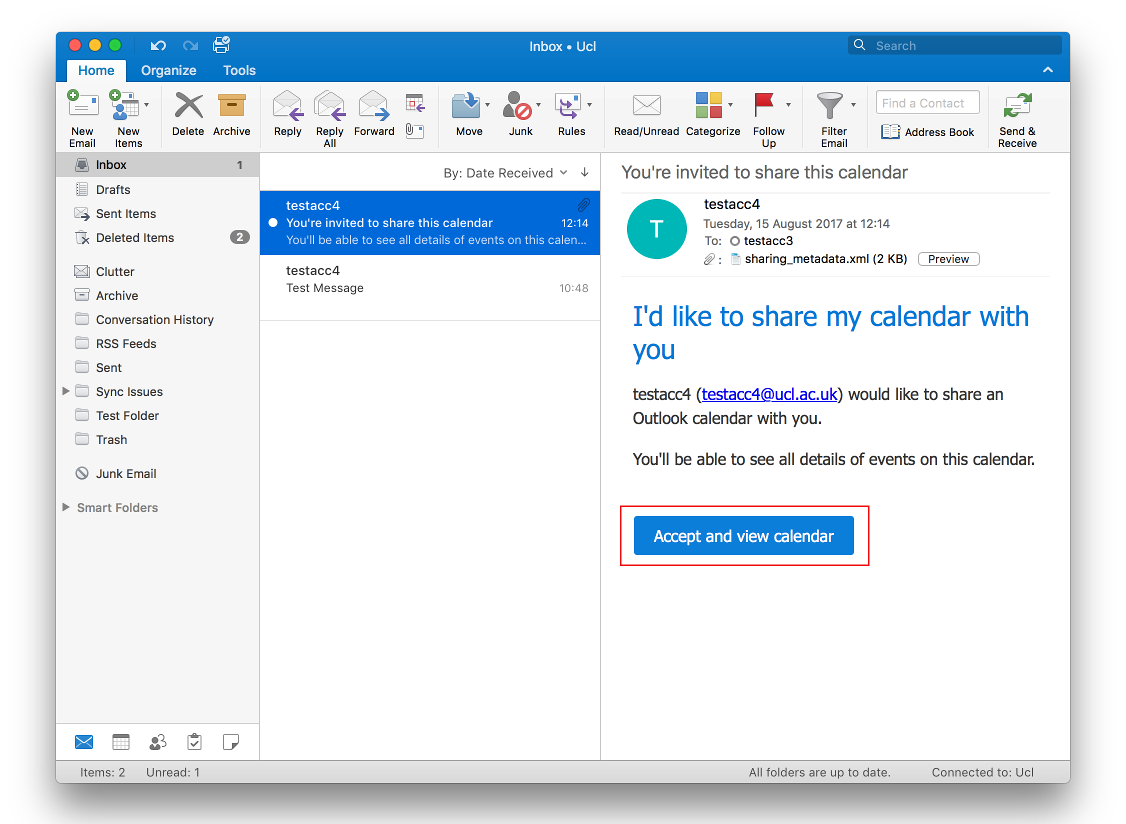

Downloading the program directly is highly recommended because there are many native options that are not available-or reliable-in the browser version (which again supports my opinion that Outlook for Windows is the best option). In addition, on up to five machines, you can download the applications natively versus using them in a browser. Office 365 offers both “for home” and “for business” options, depending on your need.

#Outlook for mac without office 365 plus#
Office 365: This one-year subscription provides the entire suite of Microsoft products, plus 1 TB of OneDrive and Skype. There is an endless list of features available for Windows that are not available for Mac. You can even paste tables from Word/Excel directly into your email draft. More importantly, side-by-side calendars, conversation actions, and the ability to use Word to compose your emails all allow for endless support from your co-workers so you’re all on the same page. You’re able to use read-receipts, social, and voting features, allowing for collaboration on your projects. Microsoft Outlook for Windows: In my opinion, this is the best option because you’re able to run the application in Microsoft Windows, which means you have access to all of the application’s features.

Based on a review of Microsoft’s direct support forums, the only feature available on Outlook for Mac that is not available on Outlook for Windows is the ability to synchronize Mail, Calendar, Tasks, and Notes with. Microsoft Outlook for Mac: This option meets very basic needs such as drafting emails, creating calendar events, and saving contacts. The average user basically has three options to run Microsoft Outlook: Preference can, of course, be influenced by need, and every user has at least one specific need for a product: “to accomplish X.” It is essentially the specific functionality of these products that creates the user preference.
#Outlook for mac without office 365 Pc#
When it comes to running Microsoft Outlook on a PC versus Mac, the choice between the two is often less a question of need and more a question of preference.


 0 kommentar(er)
0 kommentar(er)
